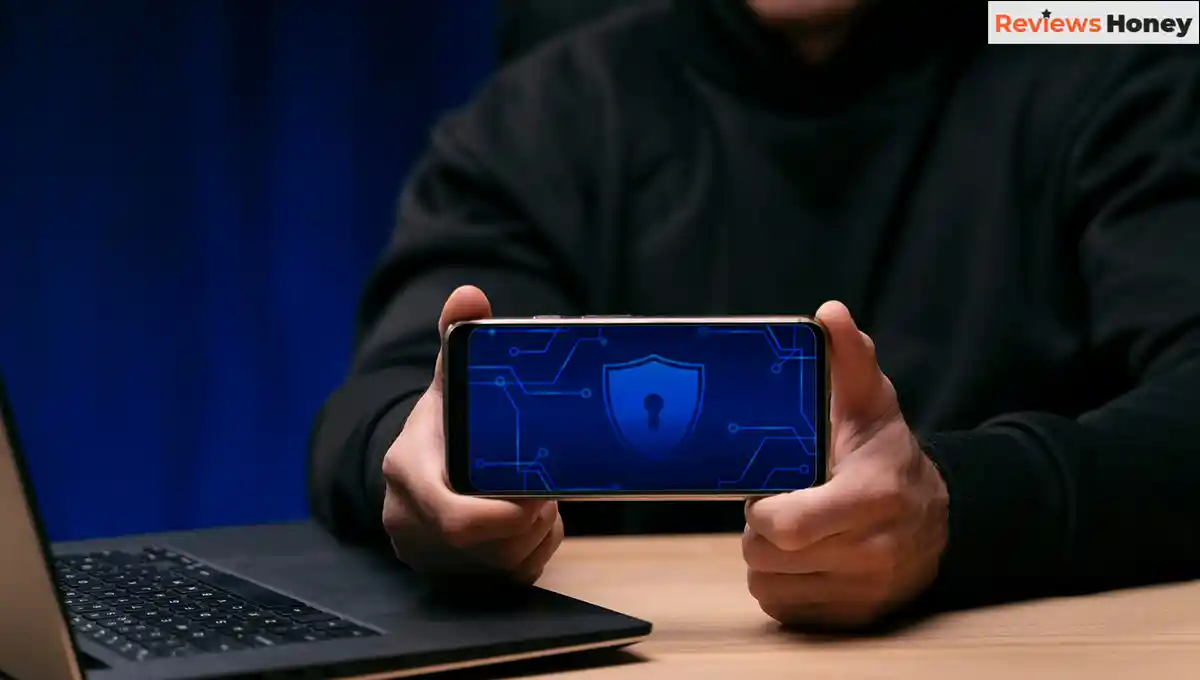
Online Fraud Protection: Outsmart Scams Before They Happen
Let’s face it—your hard-earned money deserves better than being hijacked by an invisible hacker with a shady username and a sneaky scam. In today’s digital-first world, online fraud is no longer a rare incident; it’s a daily threat targeting unsuspecting users. Whether it's any kind of phishing scam, fake payment link, or stolen credit card data, the risk is real. But here's the thing: you don't need to be a cybersecurity expert so that you can stay protected.
By adopting a few smart, simple habits—like enabling two-factor authentication, avoiding suspicious links, and regularly reviewing your statements—you can significantly boost your online fraud protection. Think of it as your virtual armor in the financial world, helping you to know to spend smarter, save safer, and sleep even more easily.
Why Online Fraud Protection Matters More Than Ever
As we continue to embrace digital transactions, fraudsters evolve with us. They don’t sleep, and neither should your protection strategy. From phishing links to unauthorized credit card use, every click can open a gate if you're not watchful. That’s why having a robust approach to online fraud protection is essential.
Payment Fraud Detection: Your First Line of Defense
Fraud often starts subtly. Maybe a random charge you don’t remember or a new login alert on your banking app. Payment fraud detection tools built into many financial services apps scan for such irregularities. Using real-time alerts and AI-driven flagging systems, these tools act as your watchdogs, often saving you from significant loss.
Spot the Signs of Phishing Scams
Not all emails are your friends. Some of the most damaging attacks come disguised as legitimate messages from banks, delivery services, or even government institutions. Learn to check for red flags like strange sender emails, generic greetings, and urgent money requests. Understanding how phishing scams operate can help you shut them down before damage is done.
What Fake Text Messages Can Really Cost You
Ever received a message saying your account will be blocked unless you click a link immediately? That’s a classic example of a fake text message scam. These can be disguised as SMS from banks or shopping platforms, urging you to act fast. Rule of thumb: never click links in texts from unknown or suspicious sources.
Popular Tactics Used in Online Fraud
|
Fraud Type |
Common Tactic Used |
Best Preventive Measure |
|
Phishing Scams |
Fake emails or texts with urgent call-to-actions |
Don’t click unknown links |
|
Credit Card Fraud |
Card info stolen via online purchases |
Use secured websites only |
|
Digital Wallet Fraud |
Unrecognized transactions through wallet apps |
Enable two-factor authentication |
|
Fake Messages |
Texts asking for login or personal data |
Verify with the official platform |
Credit Card Fraud Detection: Don’t Let Small Charges Fool You
One cent today, $1,000 tomorrow. That’s how credit card fraud detection gets triggered—by watching for unusual, even tiny, purchases. Monitoring your transaction history and enabling notifications for all payments can help catch fraudsters red-handed.
Digital Wallet Fraud Is on the Rise
With the popularity of digital wallets, attackers now target them directly. Hackers exploit weak passwords and unverified devices. Securing your wallet app with biometric access and keeping your app updated helps reduce risks of digital wallet fraud.
Why You Need Two-Factor Authentication (2FA)
Think of two-factor authentication (2FA) as your loyal digital doorman—always on duty. Even if a hacker gets their hands on your password, 2FA demands a second key: a one-time code sent to your phone or email. Without it, entry is denied. This added layer of security is simple to activate and incredibly effective. It drastically reduces the chances of unauthorized access, making your accounts much harder to breach. It’s quick, easy, and one of the smartest ways to stop fraud in its tracks.
Setting Communication Goals with Financial Platforms
Not all forms of protection come with a password. Security also means understanding how your bank or payment app interacts with you. Setting clear communication goals—like opting for real-time email alerts, monthly fraud reports, or SMS confirmations—helps you track account activity and spot suspicious behavior early. Staying informed keeps you ahead of scammers and builds your confidence in managing your finances securely.
A Few Personal Finance Tips for Extra Safety
Want a safer wallet? Start with smart habits:
- Always update your device software.
- Check your account activity every few days.
- Don’t store card details on public or shared devices.
- Educate yourself on the newest fraud tactics.
These personal finance tips go a long way in keeping your digital transactions drama-free.
Lock It Down Before It Goes Down
Fraud doesn’t send you a calendar invite. It sneaks in when you least expect it. The good news? You don’t need to be a tech genius to practice smart online fraud protection. With payment alerts, password hygiene, and vigilance against phishing and digital wallet fraud, you can stay in control. The financial tools offer features that align with secure spending goals. Remember, it's not just about avoiding loss—it's about gaining peace of mind every time you click "Pay." Stay aware, stay secure, and keep your money yours.
Recent Posts
Del Mar, California: Where to Visit, What to do and Best food
Noise ColorFit Mighty Smartwatch Launched at ₹1,999
Top 5 ways to spend a summer evening in Finland
Day Trips for Adventure & Cultural Halls from Ireland
5 Magical Winter Destinations in Europe You Must Visit!
Budget-Friendly Things to Do in Key West Florida